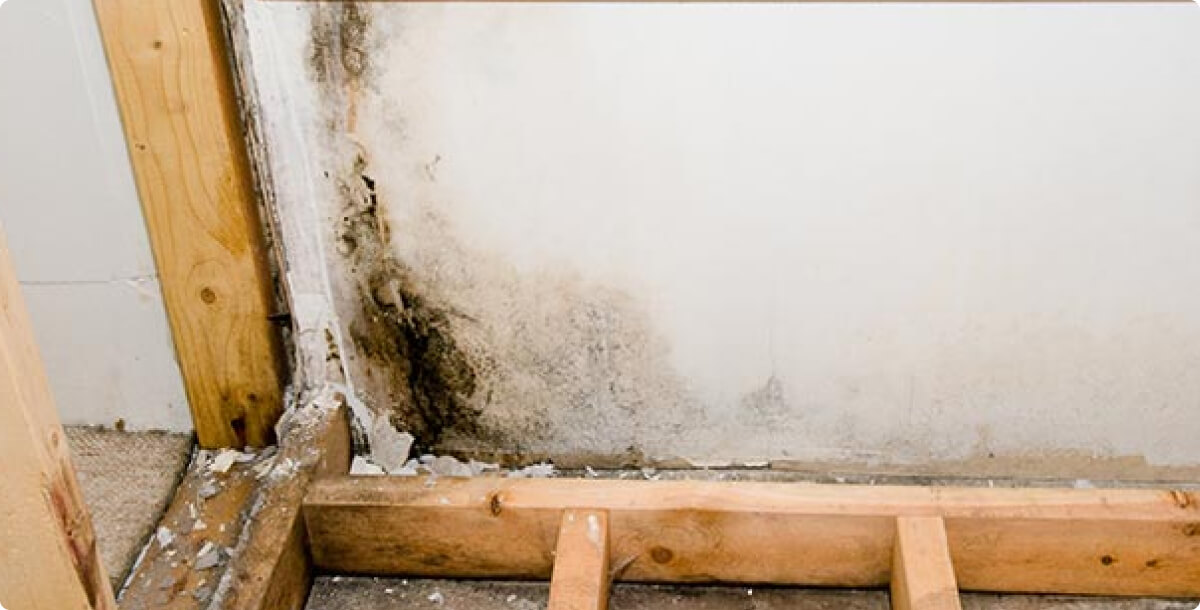Mold is a silent intruder, lurking in the shadows of our homes, often going unnoticed until it becomes a much larger, more expensive problem. Many homeowners are blissfully unaware of the telltale signs that can reveal an impending mold invasion.
From that faint, musty odor wafting through the air to the subtle discoloration seeping through the walls, these signs can be easy to overlook. Understanding how to spot mold before it takes hold is crucial—not just for the integrity of your home, but for the health of your family as well.
In this article, we will explore the key indicators of mold presence, equipping you with the knowledge to act swiftly, ensuring that your home remains a safe haven for years to come. Keep your eyes peeled; the earlier you detect the signs, the better you can protect your living space from this unwelcome guest.
Affected Areas: Basements, Bathrooms, and Kitchens

When it comes to mold, certain areas of your home are particularly susceptible, making it essential to remain vigilant. Basements, often dark and damp, can create a perfect breeding ground for mold spores, especially if they are inadequately ventilated or prone to flooding.
Bathrooms, with their constant moisture from showers and sinks, can easily harbor mold behind tiles, under sinks, or in corners where water collects. Similarly, kitchens are hot spots for mold growth, lurking in areas like under the sink, behind appliances, and in the corners of countertops.
Each of these spaces presents unique challenges and signs, from musty odors that can sneak up on you to visible discoloration on surfaces, signaling that your home may be at risk. Identifying these warning signs early is crucial to maintaining a healthy and mold-free environment.
Allergic Reactions and Respiratory Issues

Allergic reactions and respiratory issues can be alarming signals, often pointing to the hidden presence of mold in your home. Imagine awakening in the night, struck by a sudden bout of coughing or sneezing, symptoms that refuse to relent.
These could be more than just seasonal allergies; they may very well be your body’s response to airborne mold spores. Mold thrives in damp, humid environments, and its spores can easily infiltrate your living space, triggering a cascade of reactions in sensitive individuals.
It’s not merely about what you see—black spots on the wall—or even the musty odor that wafts through the air. The invisible threat of mold can compromise air quality, leading to chronic respiratory issues or exacerbating conditions like asthma.
Pay keen attention to your body; if persistent headaches, itchy skin, or unexpected fatigue accompany your discomfort, it may be time to investigate further. Taking early action is crucial—not just for your health, but for the overall wellbeing of your home.
Prevention: Keeping Your Home Mold-Free

To keep your home mold-free, proactive measures are essential. Start by ensuring that areas prone to moisture—like bathrooms, kitchens, and basements—are well-ventilated.
Installing exhaust fans and opening windows can help decrease humidity levels. Additionally, promptly fix any leaky pipes or roofs, as stagnant water often breeds mold.
Consider using a dehumidifier during particularly humid seasons; this simple device can drastically reduce moisture in the air. Regularly inspect hidden spaces, such as behind appliances or under sinks, for hidden moisture problems.
Remember, the key to mold prevention lies in consistent upkeep and a keen eye for potential issues before they escalate. With these practices in place, you can create a healthier, mold-free environment for you and your family.
Conclusion
In conclusion, being proactive about identifying the signs of mold in your home is essential for maintaining a healthy living environment. Regular inspections, vigilance for visual clues such as discoloration or dampness, and awareness of musty odors can help you catch mold growth before it escalates into a bigger problem.
If you suspect mold or want a thorough assessment, consider seeking professional help for mold inspection Tampa to ensure your home remains safe and mold-free. Taking these steps not only protects your property but also safeguards your familys health, allowing you to breathe easier in your own home.


